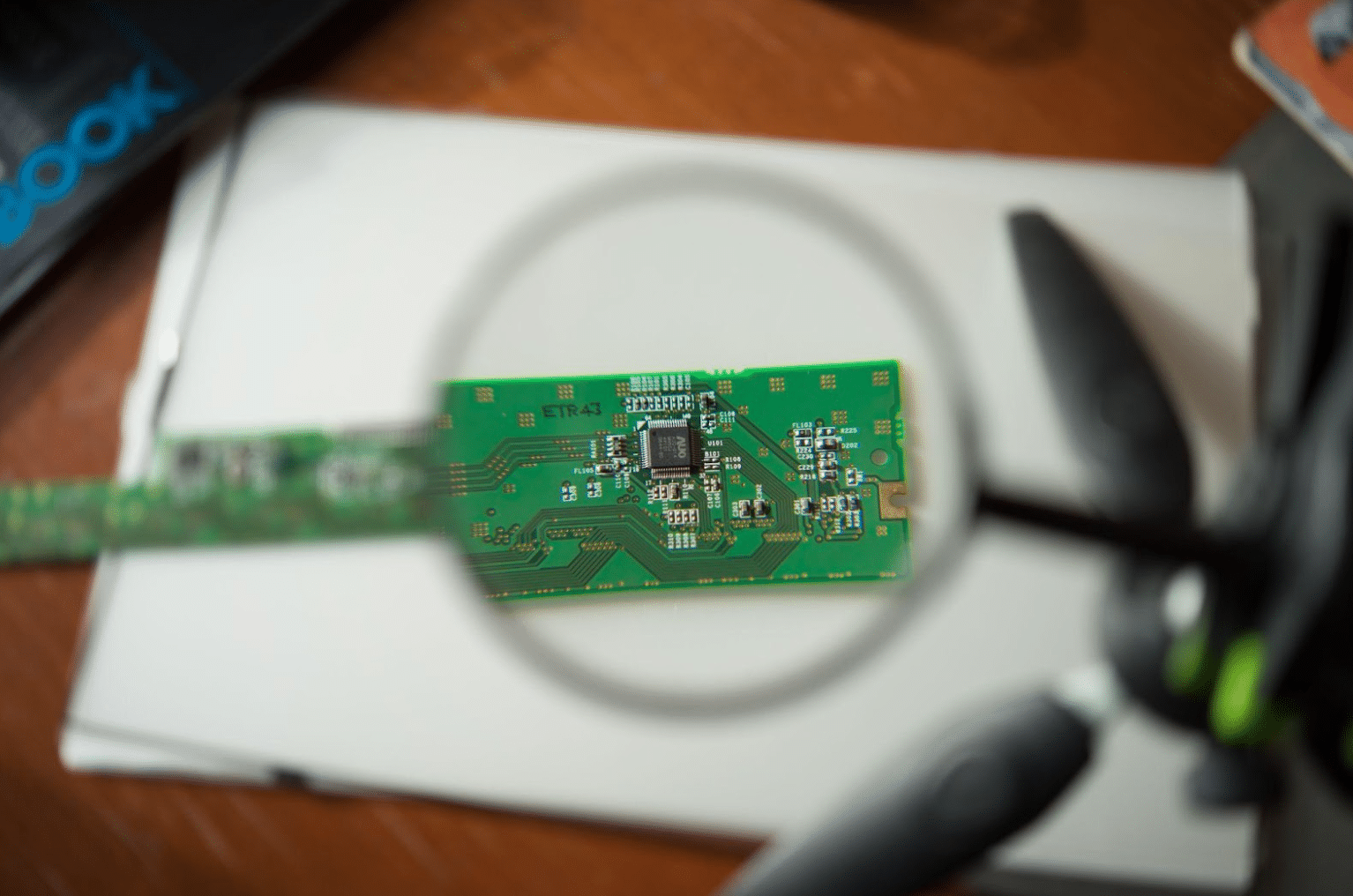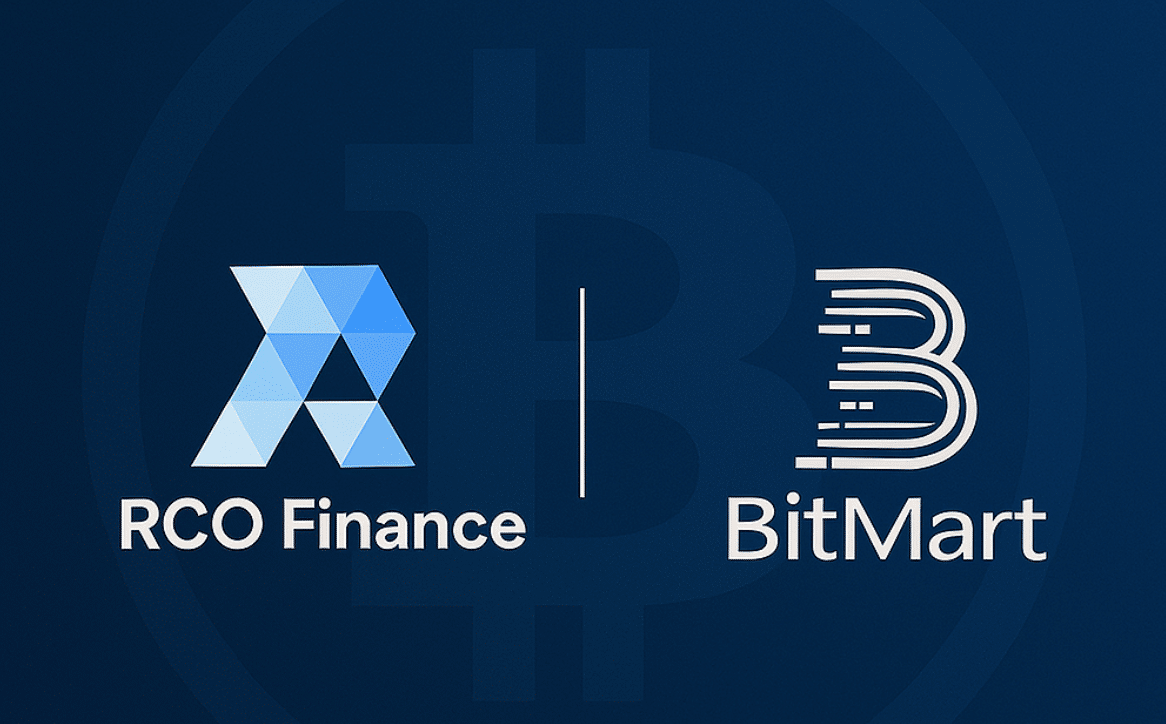Web3 gaming is no longer a niche market. What started as a fad fuelled by the speculative coins and collectible NFTs has now become a fully fledged industry that requires high-performance infrastructure, low-latency computing, and security at the hardware level. With the increasing depth of the decentralized ecosystems and transactable activities, developers and hardware deliverers are in a rush to cover the requirements of this emerging world.
The Real Limiter Isn’t Your Internet—It’s Your Hardware
The issue of performance in blockchain gaming no longer has a software problem, but a silicon one. Although Layer 2 solutions, such as Arbitrum and Polygon, have enhanced the scalability of games, the backend storage in the game clients heavily depends on backend computation, transaction verification key, and AI tasks. It is at this point that the chips on edge computing packaged with AI come into play.
In Taiwan, South Korea, and the U.S, semiconductor players are focusing on the edge AI chip designs, which are optimized for Web3 applications. MediaTek and Novatek are some of the firms to have announced system-on-chip (SoC) platforms that support AI accelerators and hardware-based security. To illustrate with MediaTek’s Genio 700, this platform has an octa-core processor with purpose-built AI behavior, so it is likely to support everything from the fastest possible gaming experience to security for Web3 applications. It implements security subsystems, including the ARM TrustZone, cryptographic engines, and the like, which are appropriate to the applications involving decentralized systems and demanding secure computation on-device.
TSMC has begun to produce the new, fanciful 3nm chips. These tiny beasts are more efficient, quicker, and just what we require in the subsequent wave of gaming hardware and blockchain hardware.
When AI Speed and Crypto Security Collide
You have heard about the smartening up of Web3 games, right? Now they are applying AI to everything, including your identity as a player, catching cheaters, and personalizing your experience. The catch? Our devices on which we play must be able to keep up by performing all this AI magic in real-time, no cloud needed.
Modern chipsets feature hardware acceleration of typical cryptographic algorithms like AES, SHA, secure boot, and trusted computing execution environments (TEEs). At this time, complex crypto tasks, like validating zero-knowledge proofs and validating digital signatures, do not execute on general-purpose devices or even most unique hardware. They happen off-device or on specialized chips. The next generation of processors (SoCs) is attempting to bring that capability directly into the device. Reduced data transmission results in lower latency and increased data security.
How Crypto’s Hardware Is Going Stealth Mode
Outside the gaming front, the crypto environment is also embracing the privacy-by-design concept. Other segments, such as DeFi, messaging, and gambling, are applying zero-knowledge architecture and encrypted messages.
Other crypto gambling sites are eliminating the standard KYC protocols with the assistance of wallet authentication and blockchain clarity. Want to observe this technological change? This list of the best anonymous crypto casinos understands it – they have user privacy as the priority that many platforms do not.
Taiwan’s Strategic Position
Taiwan has continued to be a fulcrum in the non-centralized hardware chain. Companies such as MediaTek, Realtek, and TSMC drive the next generation of decentralised applications, to the point of creating hardware needed to power anything from the wallet to the metaverse-ready handset.
Future devices are investigating on-chip caching of NFT assets to reduce their dependence on central metadata servers. Some are also developing anti-cheat mechanisms working at the hardware level that might be able to interact with the smart contracts in real-time; these capabilities have been kept at the experimental level so far.
What’s Next for Web3 Tech
That’s the direction Web3 gaming is heading in – A future where you move smoothly between games and don’t lose the loot you worked hard for. Your legendary sword, your max-level character, and those rare skins? They are all yours forever between games and platforms and are transferable whenever you like.
And gamers will not settle for any less than perfect. We’ve had too many experiences of losing progress and locked-in content. Web3 makes this all possible, finally putting players truly back in control of what they’ve earned.
Modularity-based Edge AI chips (to support cryptographic token standards, cross-chain proofs, and even zero-knowledge protocols) will be the user experience. Verifying an NFT weapon or cash-in-game earnings, the future of Web3 gaming will be dependent on effective, safe edge devices.
Conclusion
The newest infrastructure gives Web3 games a new definition. AI, blockchain, and strong chips are wiping out the trade-offs between speed, privacy, and decentralization.
Web3 gaming no longer revolves around flashy NFTs – it is going through a full-scale tech overhaul. New AI cleverness, blockchain wizardry, and hyper-powered processors are now giving us games–fast, private, AND decentralized.
Anything including crypto casinos and decentralized social networks is being powered by the same tech combo. The trend is clear – true digital freedom won’t be tied down to code anymore. It will be baked into the hardware with the chips such as the MediaTek Genio 700, and TSMC 3nm tech as the unsung heroes of this revolution.























